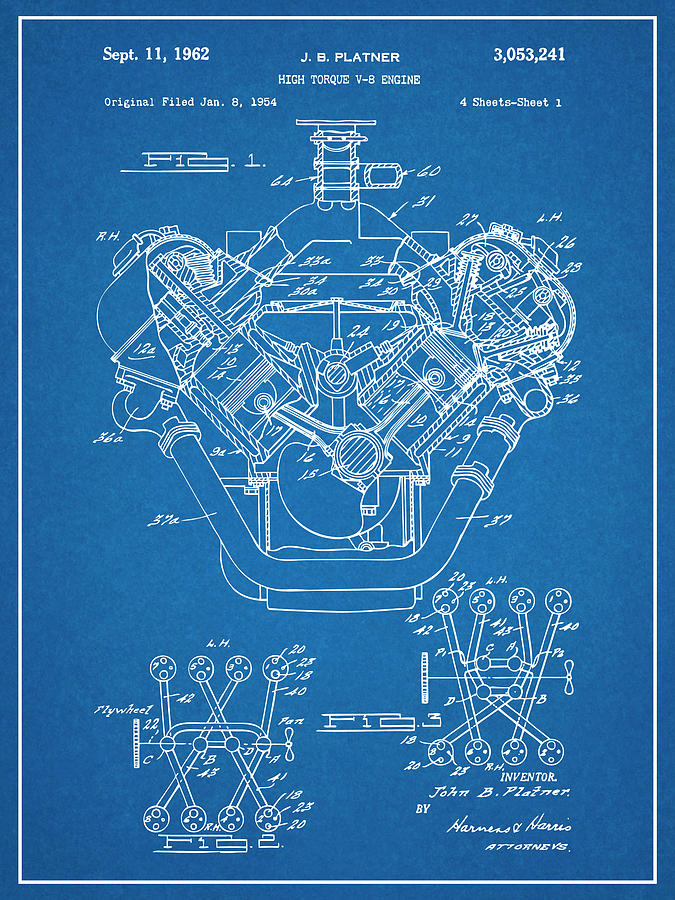Post articles through CI/CD pipeline. Or having a Tech Blog in 2020.
· ☕ 12 min read
I wrote this article in the Visual Studio Code. It was a markdown file in the separate article-dedicated GitHub branch, which eventually became a Pull Request. And if you are reading it, it means that the post made its way to the master branch. The merge event triggered the process that transformed markdown file into a static HTML file, which was finally pushed to a hosting. And now you can read it.

